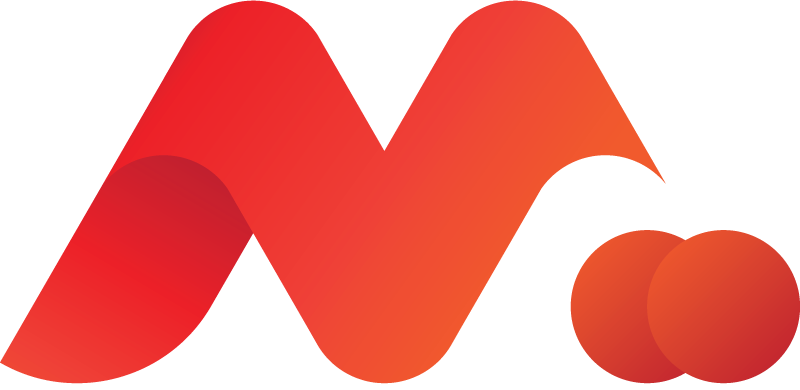
Thales, one of the Seven Sages of Greece and often considered the Father of Science, was a pretty sharp dude. So we can probably take him at his word when he advises that knowing ourselves is a difficult feat. Yet, despite this challenge, knowing yourself is critical to being a great manager or leader. You can’t help others be their best unless you first understand your own strengths and weaknesses.
I started my first company at the age of 18, and I had my first employee a few months later. I can assure you that as a kid who had almost no life experiences to prepare me for managing people, I was a pretty lousy manager in those days. Since then, I’ve had the privilege of working with and managing hundreds of employees across multiple organizations. Many of those employees were more experienced managers and executives than me (par for the course when you’re a young founder). These experiences forced me to learn more about myself and refine my management style.
While I’m still not the manager or leader I would like to be, I have learned some strategies along the way that have greatly improved how I manage high-performing teams and also led to deeper, more positive relationships. One of the most powerful techniques I deployed was writing a personal user’s manual and using it as a management tool.
The idea of a person needing a user manual might strike you as a bit odd. I used to joke that it must say a lot about me that I needed a user manual. But the truth is that all managers are different. They all have different styles, priorities, and expectations of their teams. That can make it difficult for a new member of your team to anticipate how to work with you most effectively. That learning curve can cost you and your employees valuable productive time while waiting for your relationships to mature.
So when I ran across this blog post by Abby Falik describing her experience creating a personal users manual, I immediately saw the value that such a tool could bring me and my team.
Know Thyself
The process itself of creating a personal user manual can be hugely valuable to you as a founder and manager. Multiple resources exist to help you complete your user manual, such as this playbook from Atlassian or the multitude of blog posts on the topic that a simple Google search will reveal. However, the keystone of an excellent personal user manual is obtaining and documenting candid feedback from those who know you best.
When I created my user manual, I solicited feedback from a few experienced, self-assured managers who currently and previously worked for me. I specifically sought out those people I had managed who would be most comfortable candidly critiquing my style. By including people who no longer worked for me, I helped ensure that I obtained honest feedback about my shortcomings. You might also consider surveying your mentors, board members, and even close friends or family members.
The point is to get as honest as possible when documenting your management style. You’re not writing the manual for the manager you wish you were. Instead, you’re attempting to set clear expectations about how you work most effectively – this means you have to be vulnerable enough to document your limitations as well. This process not only results in a valuable document for current and future employees, but it might also help you identify developmental opportunities that you otherwise would not have confronted.
Set Mutual Expectations
The most obvious benefit of a well-developed, honest personal user manual is that it sets clear expectations for your team. However, it should also tell your team what they can expect of you as a manager. A good user manual should lay out a mutual understanding of how you and your team will work together to maximize productivity and effectiveness.
By clearly stating what you expect of your team and what they can expect of you, both sides of the relationship should feel empowered. I recommend starting the document with what your team can expect of you and then stating what you expect in return. By starting with what the team can hold you accountable to, you set a positive tone and prime the reader to be more amenable to your expectations.
Accountability Made Easier
One of the most challenging tasks for managers is providing candid, critical feedback to employees. In one survey, 37% of managers said they were most uncomfortable providing criticism to an employee about their performance. In my experience, this is the top anxiety-producing event for most managers. Sitting someone down and saying, “you’re not performing up to my expectations,” can be a gut-wrenching moment.
Leading up to such a conversation, you contemplate how the employee will respond and anticipate their objections to your critique. You gear up for a debate and expect an emotional rollercoaster for both you and your team member. That is especially true when your coaching has to do with soft skills rather than technical performance. That’s where the user manual starts to really show its power as a management tool.
TIP: Think about the types of critical feedback you most often have to provide (or that you anticipate having to provide) and ensure that you include clear expectations about those in the user manual. For instance, one of my biggest pet peeves is when a team member doesn’t follow through on an action item due to disorganization. So I included this as one of my “Expectations”: If you say you’re going to do something, then do it. Don’t make commitments you can’t keep or can’t keep organized. That’s a fast way to lose my confidence.
How to Use It
I have had multiple incidents where I had to provide challenging feedback to an executive on my management team. With executives, this is rarely due to clearcut technical performance and often has a lot to do with softer skills. How you navigate these critical conversations can dramatically impact how an individual team member performs in the future – either helping them grow into more substantial contributors or leading to resentment and a downward spiral of performance.
Once you’ve developed your user manual, I recommend the following process for implementing it:
- Provide a copy to each direct report. I eventually started providing mine to prospective hires before I extended an offer. That often served as a catalyst for extended conversations about management styles, culture, etc. As a result, it provided both my prospective hire and me with more insight into whether we were a good fit for one another.
- Talk about it. Make a point to have a 1×1 conversation about the expectations articulated in the user manual to answer questions or provide further context as needed. That was typically a “day 1” meeting for me and a newly acquired direct report.
- Ask for one in return. Ask your direct reports to consider developing a user manual of their own. As a founder and CEO, expect your user manual to be different from others in the organization in both form and content, reflecting your position’s uniqueness.
- Reference it early and often. As stated above, perhaps the most practical aspect of providing a user manual at the start of a relationship is how it makes future coaching and accountability much more straightforward. Therefore, I recommend referring back to it early and often in your coaching sessions. For example, on more than one occasion, I printed out the user manual, highlighted key expectations that I felt an executive wasn’t meeting, and then gave it to them during our 1×1 discussion.
Writing a user manual for yourself as a manager can significantly improve the working relationship you have with your team. It can remove anxiety and provide your team with a clearer understanding of your expectations. It can also decrease the ramp time for new team members to become productive contributors. What is often less apparent is how powerful of a tool it can become later on in the management process when coaching becomes necessary. However, to be maximally effective, you must invest the time required to know yourself and candidly capture your true management style.








